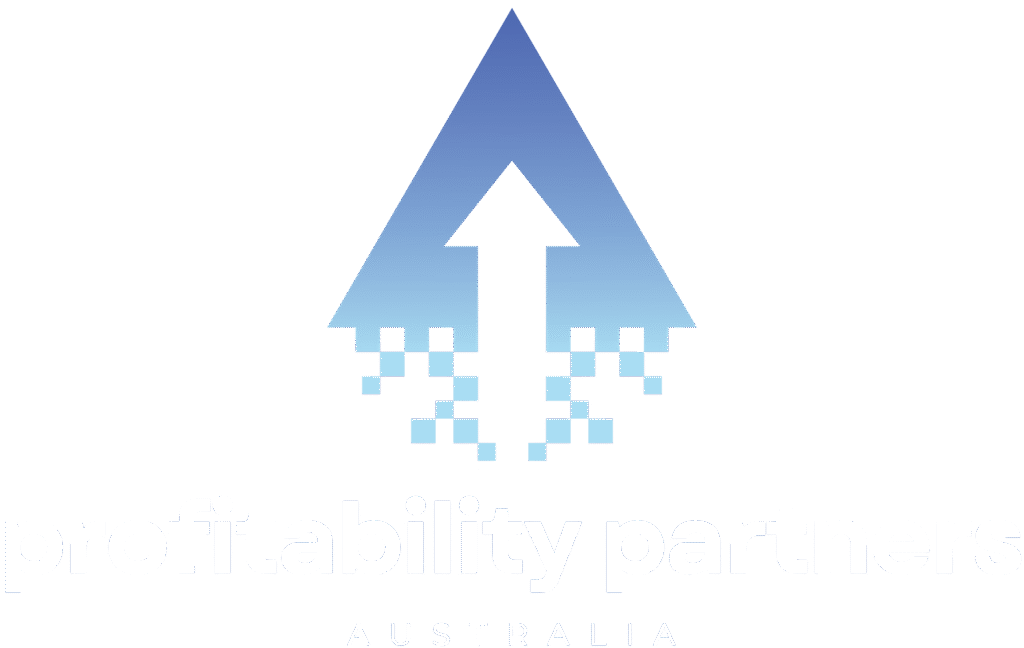In the fast-paced world of hospitality, accurate forecasting is the backbone of financial and operational success. While many venues focus on real-time data to make decisions, historical data provides an invaluable foundation for planning and predicting future outcomes. By leveraging past performance, hospitality managers and chefs can anticipate trends, optimize resources, and make data-driven decisions to boost profitability.
1. Why Historical Data Matters in Hospitality
Historical data provides a clear view of what has worked—and what hasn’t—over time.
- Patterns and Trends: Identify recurring busy periods, seasonal fluctuations, and peak trading days.
- Informed Decisions: Use past sales data to guide staffing levels, inventory planning, and marketing efforts.
- Performance Benchmarks: Compare current performance against historical data to measure improvement and set realistic goals.
With this perspective, venues can move from reactive to proactive decision-making.
2. Key Metrics to Track
To harness the full potential of historical data, focus on the metrics that matter most:
- Revenue by Day and Season: Understand when your venue performs best and identify opportunities to boost sales during slow periods.
- Wage Percentages: Track labor efficiency during different trading periods to align staffing with revenue.
- Event Success: Evaluate the financial impact of past promotions, events, or functions to refine future plans.
These metrics lay the groundwork for accurate and actionable forecasting.
3. Turning Historical Data Into Forecasts
To translate past performance into future success, follow these steps:
- Aggregate Your Data: Consolidate data from POS systems, timekeeping software, and financial reports for a complete view.
- Identify Trends: Look for patterns in sales and labor performance that align with external factors like holidays or local events.
- Create Projections: Use historical averages as a baseline and adjust for known variables, such as planned promotions or menu changes.
- Regularly Review and Adjust: Forecasts should be dynamic. Update them as new data becomes available to stay aligned with reality.
This process ensures your forecasts are rooted in real-world performance.
4. The Role of Historical Data in Budgeting
Historical data doesn’t just inform forecasts—it’s also essential for setting budgets:
- Revenue Targets: Set realistic monthly and weekly sales goals based on past performance.
- Expense Planning: Use historical wage percentages to determine staffing costs that align with revenue.
- Profit Goals: Align your budget with long-term financial objectives, ensuring resources are allocated effectively.
By combining historical data with strategic planning, venues can create budgets that drive sustainable growth.
5. A Case Study in Data-Driven Forecasting
One hospitality venue transformed its financial planning by leveraging historical data:
- Seasonal Insights: Reviewing sales data from previous winters revealed consistently slow weekdays but high weekend traffic. The venue adjusted staffing levels and ran midweek promotions to boost weekday revenue, resulting in a 15% increase in winter sales.
- Wage Management: Historical wage data highlighted inefficiencies during slower periods. By matching staffing to forecasted sales, the venue reduced wage percentages by 10%.
- Event Planning: Analyzing the success of past events helped the venue optimize marketing efforts and timing for similar events, leading to a 20% increase in attendance and sales.
This approach turned historical performance into actionable insights that drove better results.
6. Overcoming Challenges with Historical Data
While historical data is powerful, it’s not without its challenges:
- Data Gaps: Missing or inconsistent data can lead to incomplete analyses. Ensure accurate tracking from all sources moving forward.
- Changing Market Conditions: Adjust forecasts to account for external factors like inflation, competition, or shifting customer preferences.
- Overreliance on the Past: While history is a guide, it’s not a guarantee. Use it alongside real-time data and market insights for a balanced view.
Addressing these challenges ensures your data-driven strategies remain relevant and effective.
7. The Long-Term Benefits of Using Historical Data
Investing in historical data analysis pays dividends over time:
- Improved Forecast Accuracy: Learn from past mistakes to refine predictions and enhance decision-making.
- Operational Efficiency: Align labor, marketing, and event planning with proven trends.
- Profitability Growth: By focusing on what works, venues can reduce unnecessary costs and increase revenue.
Historical data transforms guesswork into confidence, empowering hospitality leaders to stay ahead of the curve.
Conclusion: Learning From the Past to Shape the Future
Historical data is a treasure trove of insights that can unlock new levels of success for hospitality venues. By understanding patterns, identifying opportunities, and making informed decisions, managers and chefs can ensure their operations are not only efficient but also profitable.
By combining historical data with proactive forecasting and strategic planning, venues can confidently plan for the future—knowing they’re building on a solid foundation of past performance.


